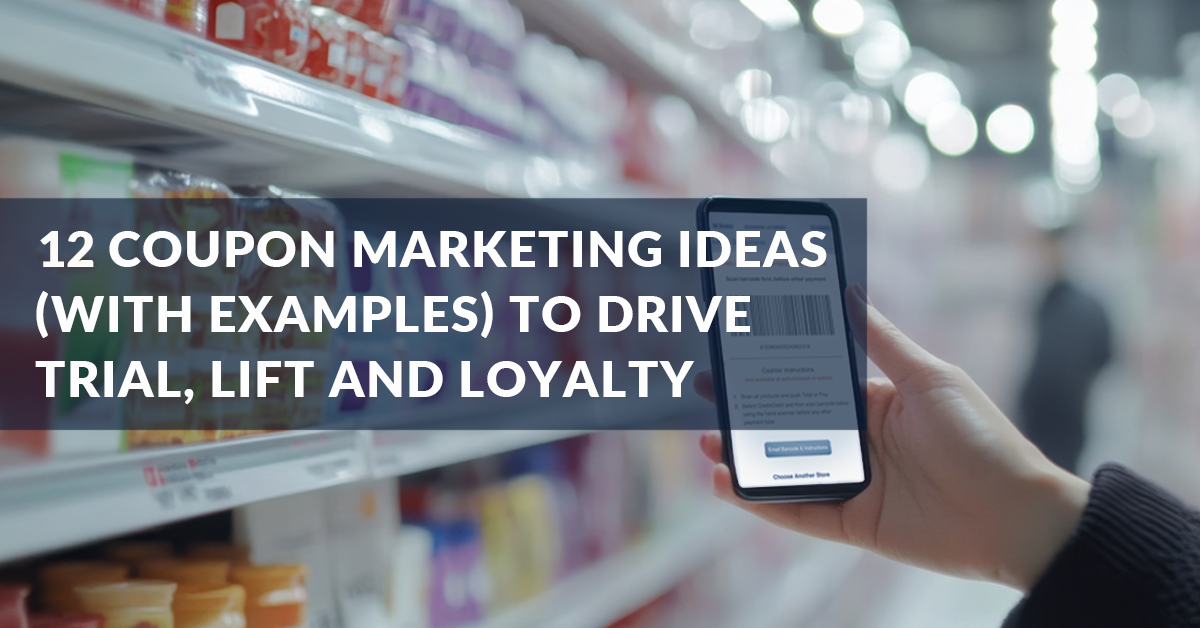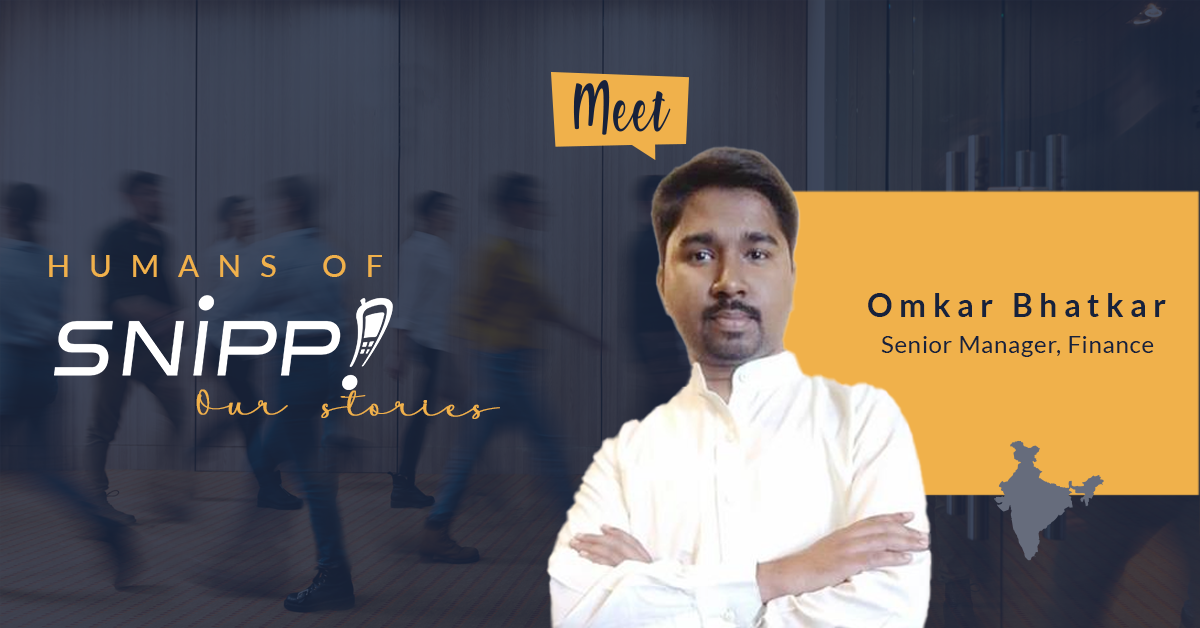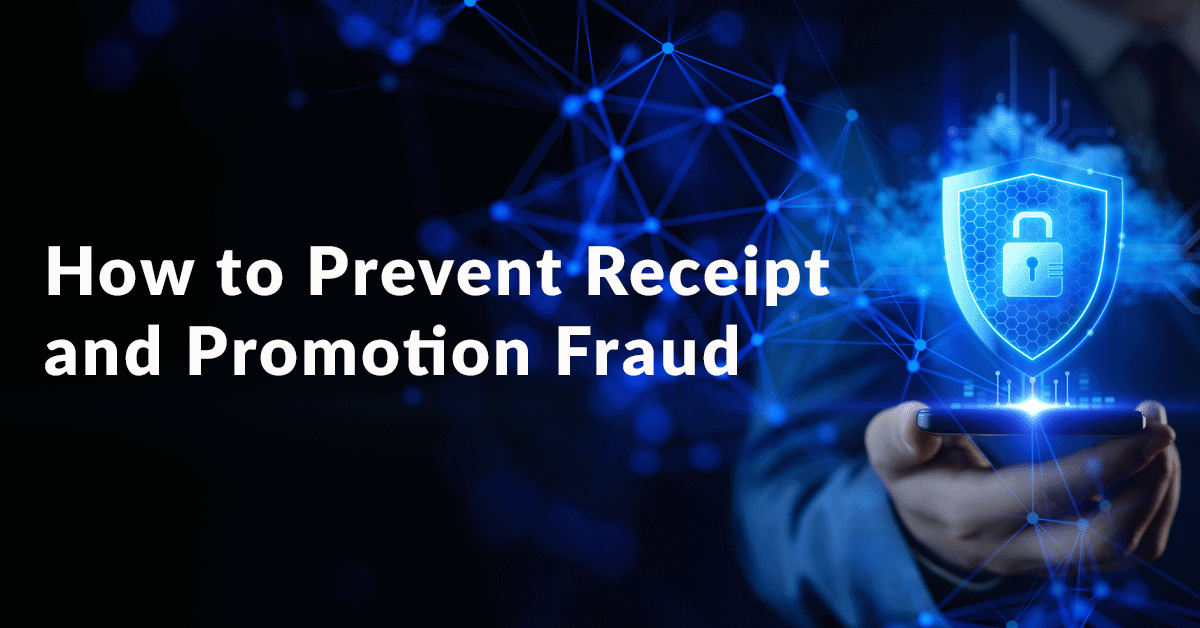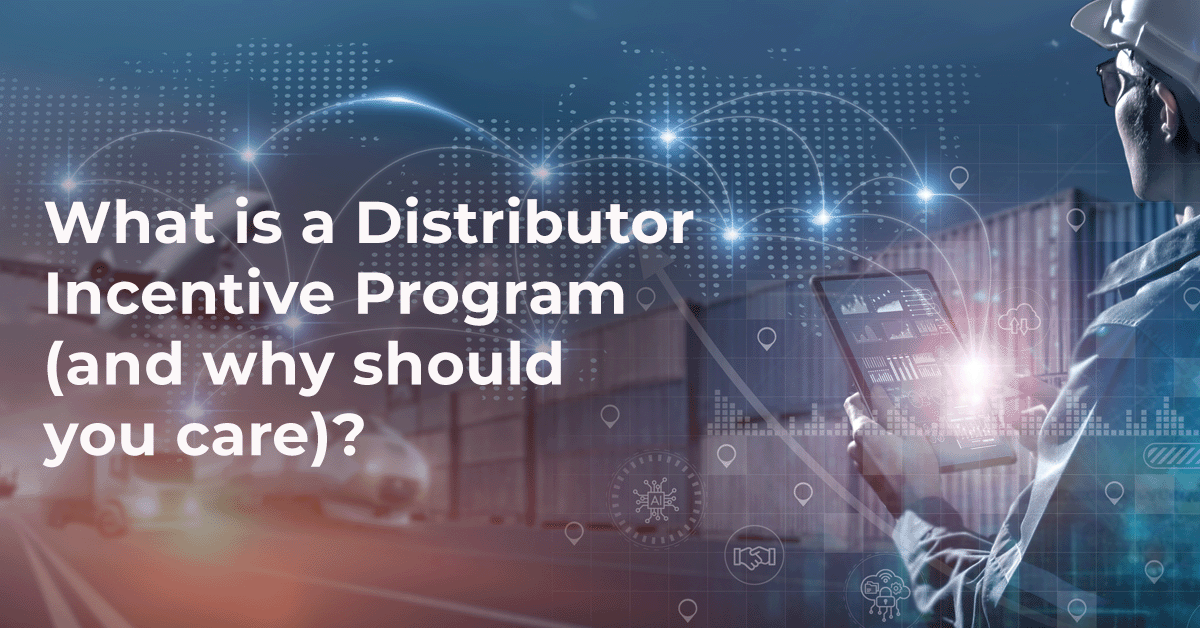4. Mobile Wallet Coupons + Location-Pings
For brands: Always-on channel for instant updates, low fraud risk, and clear analytics
For consumers: Delivers offers exactly when (and where) they’re shopping and makes the redemption process as smooth and seamless as possible.
Coupons that live in Apple Wallet or Google Pay are always ready, always relevant, and impossible to lose. These mobile wallets turn smartphones into the new coupon binder, with organized, immediate, and location-aware offers. Push notifications or SMS reminders ensure those coupons actually get used. Add a location-trigger and you’ll deliver a deal at the moment of highest intent, near a store.
_logo.svg.png?width=108&height=90&name=ShopRite_(United_States)_logo.svg.png)
ShopRite (U.S.): ShopRite's digital coupons can be added to mobile wallets, for seamless redemption at checkout. Other U.S. chains like Dollar General, Dollar Tree, and Family Dollar update their apps constantly with weekly and daily coupons to keep value-minded customers coming back.
Carrefour (France): Carrefour ditched its underused traditional loyalty cards in favor of mobile wallet passes across stores in France. These passes deliver real-time content updates and geo-triggered push notifications, boosting average spend by 24%.
5. Cross-Brand Coupon Partnerships
For brands: Multiplies reach and basket size through shared audiences and campaign costs, while strengthening brand equity
For consumers: Unlocks bundled value: more savings, more discovery.
Two brands are better than one – especially when they team up to create a compelling coupon offer. Co-branded coupon promotions encourage shoppers to buy complementary products in one go. For example, a snack brand could offer a coupon redeemable only at a grocery chain that’s actively promoting them. The mutual benefit and shared marketing push can make a coupon campaign far more impactful than a solo effort.
![]()
Kellogg’s “Mission Tiger” (U.S.): Shoppers who purchased one Kellogg’s cereal plus one partner brand product could upload the receipt to a special site and receive two $5 coupons – one for a Kellogg’s product and one for the partner brand of their choice. On top of that, each qualifying purchase triggered a $10 donation to charity.
6. First-Party Data Rewards
For brands: Trades a discount for opt-ins, surveys, or product feedback
For consumers: Feels fair: share an email, score an instant deal
Modern coupon campaigns aren’t just about short-term sales. They’re also about building direct customer relationships. By dangling a high value discount, you encourage consumers to interact with your brand directly. Recommending a product, sharing a post, or engaging online can be just as valuable as a purchase — especially for FMCG brands focused on long-term growth. Coupons can act as micro-incentives for collecting zero-party data, encouraging signups, survey responses, or feedback in exchange for instant savings.

Hellmann’s “Ketchup Currency” (U.S.): Hellmann’s campaign invited consumers to scan and upload their spare ketchup packets on a branded microsite to redeem for mayo. The site used machine learning to count the packets and generate personalized coupons for Hellmann’s Mayonnaise. Bonus: if the system detected a rare or “secret” ketchup packet, users won free mayo for a year.
7. Omnichannel Redemption
For brands: Ensures inclusivity across customer segments, prompting higher participation & redemption rates
For consumers: Choice and convenience, however you shop
Not every shopper is digital-only. Great coupon marketing examples cater to both mobile scrollers and print-traditionalists. The omnichannel approach removes friction: no one is excluded, and in the end, more people redeem the deal. Grocers already feel pressure from consumer advocacy groups about accessibility concerns of digital-only coupons. In fact, San Diego passed an ordinance requiring grocers that offer digital discounts or coupons to also make corresponding paper coupons and pricing available.

Sharpie S-Gel (U.S.): The Sharpie S-Gel campaign gives users a choice of printable coupon vs. mobile coupons. After signing up on Sharpie’s site, a user could either print out a traditional coupon or receive a mobile barcode coupon to scan from their phone.

E.l.f. Cosmetics (U.S.): Its Beauty Squad loyalty program members were able to experience E.l.f’s 3D “Virtual Luxe Lounge” within an immersive digital shopping experience. The 3D experience was speakeasy themed and allowed users to shop product drops and access exclusive coupons, applied at checkout.
8. Influencer & Coupon Community Drops
For brands: Harnesses word-of-mouth at scale, with organic reach, social proof, and influence
For consumers: Feels like an inside tip, not an ad
Coupon marketing today isn’t happening in a vacuum, it’s woven into the social media and influencer landscape. When creators or bloggers share codes, followers act fast — not because it’s a promotion, but because it feels like a secret. Coupon hunting communities (on Instagram, TikTok, YouTube) have huge followings that live for the latest bargains, share weekly coupon hauls and promo code tips, driving significant traffic to stores. Retailers and brands can tap into them by providing exclusive influencer coupon codes, in order to amplify a campaign far beyond the brand’s own channels.
![]()
Oreo “The Oreo Menu” (U.S.): This fun promotion challenged fans to reimagine the little triple-line “hamburger” menu icon. Users could enter words from any website’s menu (like “About” or “Shop”) as promo codes on Oreo’s microsite to get an Oreo coupon for Kroger. The campaign was seeded through influencer buzz and social posts, making it a social-media-driven coupon event.
9. Receipt or Photo-Triggered Re-Engagement
For brands: Drives bounce-back visits and goodwill, extends reach across OOH, HoReCa, and retail
For consumers: Quick compensation: share a receipt or photo, score an instant deal
Coupons can double as thank-yous, apologies, or just smart re-engagement tools. A quick scan of a receipt or a product photo can trigger an incentive, whether it’s a reward for loyalty or a redemption after a not-so-great experience.
DiGiorno’s “Pizza Rescue” (U.S.): The Nestlé-owned pizza brand invited people to upload a photo of a delivery pizza that arrived botched or “sad-looking.” AI analyzed the image and assigned a coupon value based on the level of “pizza damage.” It was a fun, tongue-in-cheek way to turn disappointment into brand love and encourage trial of DiGiorno as the more reliable option.
![]()
TopCashback Fuel Promo (UK): With fuel prices fluctuating, money-saving site TopCashback allowed UK drivers to claim £5 cashback coupons. All they had to do was buy £10 or more worth of gas, sign up to TopCashback, and snap a fuel receipt; proving receipt-scan incentives scale beyond CPG.
10. Flash Blitzes and Loyalty-Exclusive Windows
For brands: Creates predictable traffic spikes, minimizes discount waste, helps with stock management
For consumers: FOMO-fueled urgency and a “VIP” feeling
Creating a sense of urgency or exclusivity can significantly boost a coupon’s effectiveness, drive quick action and reward a brand’s best customers. Limited time deals play on FOMO and can deliver brands a quick influx of engagement and sales. On the loyalty side, companies like Sephora or Target have been known to give unique coupons (e.g. “birthday month” discounts) to their loyalty program members as a perk, and as a way to make them feel seen.
Kroger "Customer Appreciation Week" (U.S.) : Kroger rolled out a mega-sales event honoring customers with its hottest deals and digital coupons as part of a multi-day event.
Lidl “Spin to Win” (UK): For a limited time window, Lidl gave 1 in 10 savvy shoppers a chance to win a £10 coupon, with one spin per customer per day. Customers simply needed to purchase at least one item, with no minimum spend required, and scan their Lidl Plus App at checkout to unlock a spin within the app.
11. Geo-Fenced Couponing
For brands: Steals market share in real time
For consumers: Feels fun, smart, and perfectly timed
Geofenced coupons use real-world signals like weather or location to trigger a timely, contextual incentive. A playfully competitive variation is ‘geoconquesting’, where a brand uses a competitor’s location as leverage for its own win.
![]()
![]()
Walgreens x Clinch (U.S.): Delivered allergy-med coupons during high-pollen days. Users’ locations were married with weather data from IBM Watson. When pollen counts reached high levels locally, consumers in the area were alerted and provided with a dynamic video and a coupon to purchase OTC allergy medicine. The click through rate was 276% higher than previous allergy-related campaigns.
![]()
Pizza Hut (U.S.): Asked consumers to “cheat on their cheeseburger” with the launch of their Cheeseburger Melt. The fast-food chain parked delivery cars outside McDonald’s and Burger King with QR codes and a message asking consumers if they wanted a better burger. Those who scanned the code were entered to redeem a coupon for a free Cheeseburger Melt and a Pepsi drink.
12. Digital Coupons for Customer Service
For brands: Smart and scalable solution while effectively preventing churn.
For consumers: Show immediate goodwill, mitigate negative impact on brand perception
Digital coupons can be a way to appease consumer dissatisfaction instantly, turning negative experiences into positive ones, improving brand perception and trust. Digital barcode offers encourage customers to come back and engage with your brand again.
Conclusion
Coupons are no longer just discounts. They’re data builders. Relationship starters. Behavioral nudges. And when done well, they’re a brand’s most cost-effective, creative, and measurable conversion tool.
As technology continues to evolve, so will couponing. But one thing won’t change: consumers will always love a good deal. Now’s the time to experiment with these coupon marketing ideas and stay ahead of the curve, as couponing establishes itself as a smart, strategic pillar of marketing and loyalty strategy. Connect with our digital coupon strategy experts to learn how our solutions can help you drive trial, lift and loyalty!











